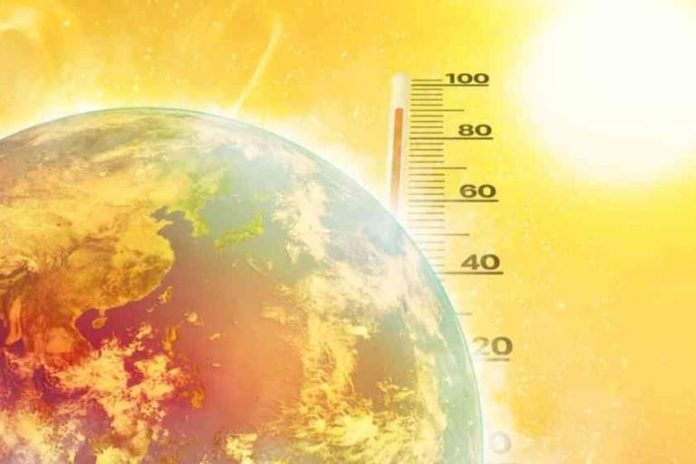



The World Meteorological Organization (WMO) has issued a stark warning: there is a 70% chance that the average global temperature from 2025 to 2029 will exceed 1.5°C above pre-industrial levels, raising fresh concerns about the accelerating pace of climate change.
The findings are part of the WMO’s annual Global Annual to Decadal Climate Update, released on Wednesday. The report also highlights an 80% likelihood that at least one year between 2025 and 2029 will surpass 2024—the current warmest year on record.
“We have just experienced the 10 warmest years on record. Unfortunately, this WMO report provides no sign of respite over the coming years,” said Ko Barrett, WMO Deputy Secretary-General.
“There will be a growing negative impact on our economies, our daily lives, our ecosystems and our planet. Continued climate monitoring and prediction is essential to provide decision-makers with science-based tools and information to help us adapt.”
Key Findings from the WMO Report
-
2024 marked the first calendar year in which global average temperatures exceeded 1.5°C above the 1850–1900 baseline, the reference period before widespread industrialisation.
-
The 1.5°C threshold, established under the Paris Agreement (2015), is intended to limit the most catastrophic impacts of climate change. However, the report notes that a “permanent breach” refers to sustained long-term warming over 20 to 30 years.
-
The report estimates an 86% chance that at least one year between 2025 and 2029 will see temperatures above 1.5°C compared to the 1850–1900 average.
-
There is a 70% chance that the five-year average (2025–2029) will exceed the 1.5°C threshold, underscoring an accelerating trend of global warming.
Regional and Seasonal Impacts
-
South Asia has seen wetter-than-normal conditions in recent years (excluding 2023), a trend the WMO expects to continue between 2025 and 2029.
-
In India, the India Meteorological Department (IMD) reported above-normal monsoon rainfall in four of the last five years, and forecasts above-normal monsoons again in 2025.
-
The Arctic is projected to warm 2.4°C above average in upcoming winters (November–March), which is over 3.5 times the global average. As a result, sea ice is likely to shrink further in key regions such as the Barents Sea, Bering Sea, and Sea of Okhotsk.
-
From May to September during 2025–2029, regions like the Sahel, northern Europe, Alaska, and northern Siberia may see increased rainfall, while the Amazon is expected to experience drier-than-normal conditions.
Global Climate Action and Future Targets
Countries are scheduled to submit updated nationally determined contributions (NDCs)—their official climate action plans—for the 2031–2035 period to the UN climate change office this year. These plans are central to achieving the Paris Agreement goal of limiting global warming to 1.5°C.
Despite alarming trends, the WMO stresses that early warnings, scientific modelling, and adaptation strategies remain key tools for mitigating future impacts.










